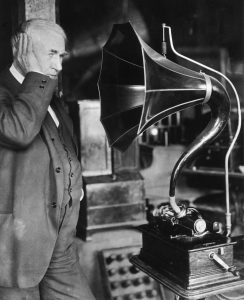Romantic Era
The Romantic Era: Emotion and Expression in Music (1820-1900)
The Romantic period represents one of the most passionate and expressive eras in classical music history. Spanning roughly from 1820 to 1900, this transformative period saw composers break free from Classical constraints to explore deeper emotions, personal expression, and nationalistic themes. The Romantic movement emerged as a reaction against the Industrial Revolution and embraced individuality, nature, and the supernatural.
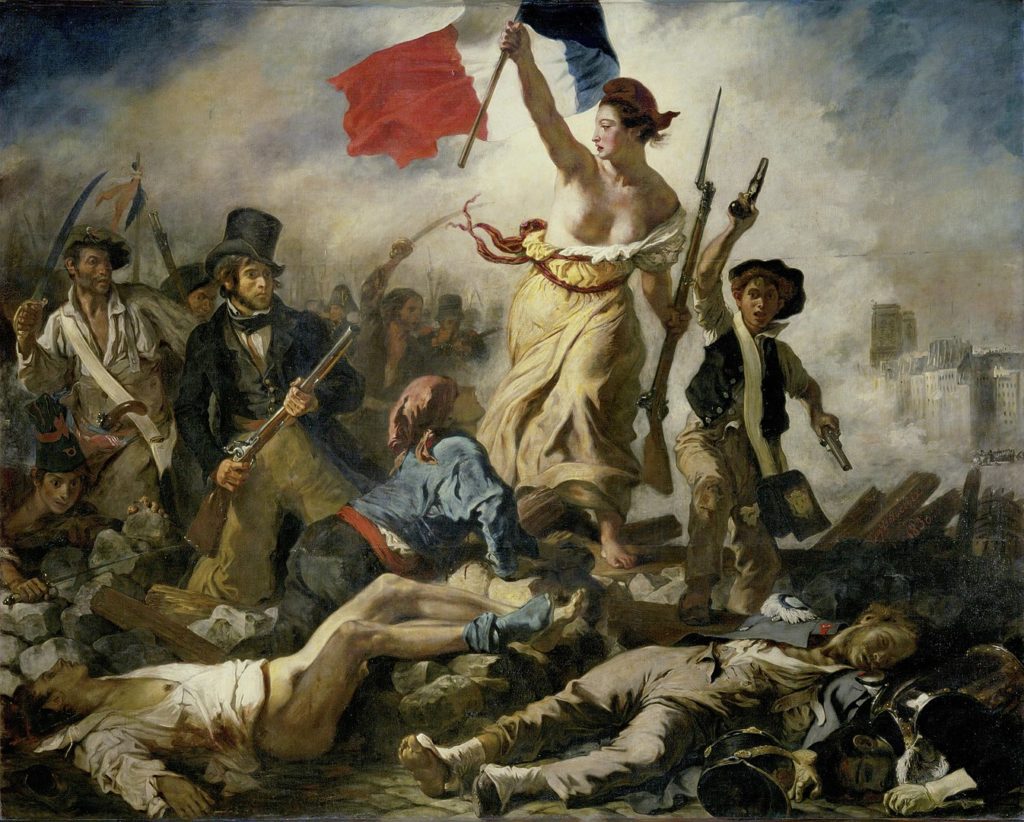
Historical Context of the Romantic Period
The Romantic era coincided with significant social and political changes across Europe. The aftermath of the French Revolution and Napoleonic Wars led to nationalist movements throughout Europe, while the Industrial Revolution transformed society. This period saw the rise of the middle class as important patrons of the arts, replacing the aristocracy and church as primary supporters of musicians.
Romanticism as a broader cultural movement emphasized:
- Emotion over reason
- Imagination over logic
- Individualism over collective society
- Nature as a source of spiritual renewal
- Interest in folk culture and national identity
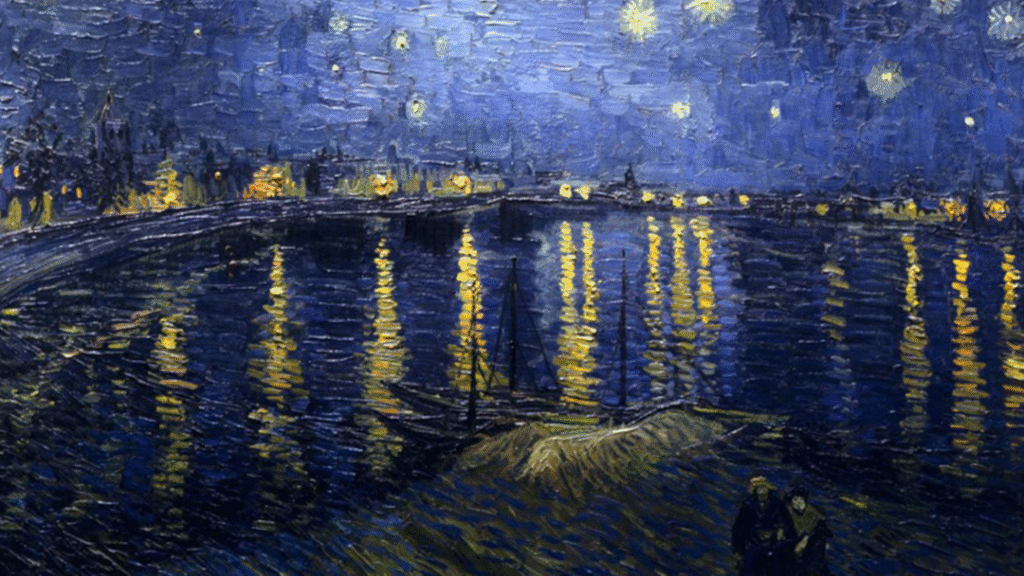
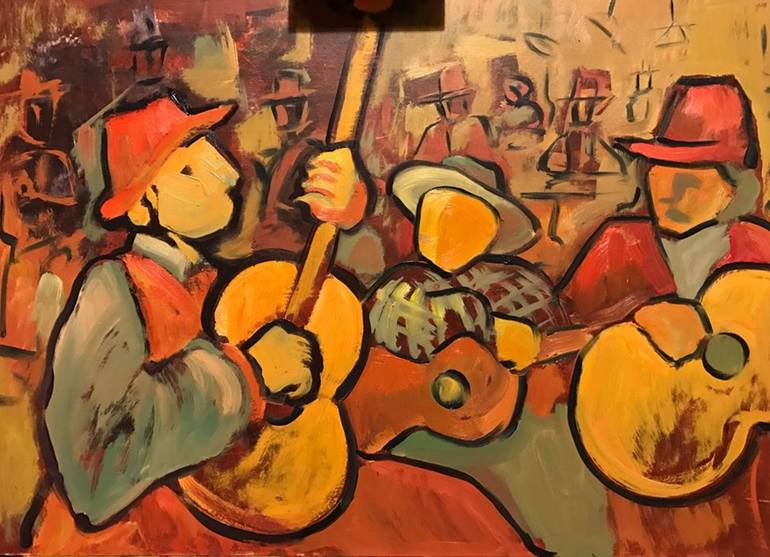
Defining Characteristics of Romantic Music
Romantic composers prioritized emotional expression above all else. Music became more explicitly expressive, with composers often providing programmatic titles or narratives to guide listeners’ understanding. This program music aimed to tell stories, paint pictures, or evoke specific emotions through purely instrumental means.
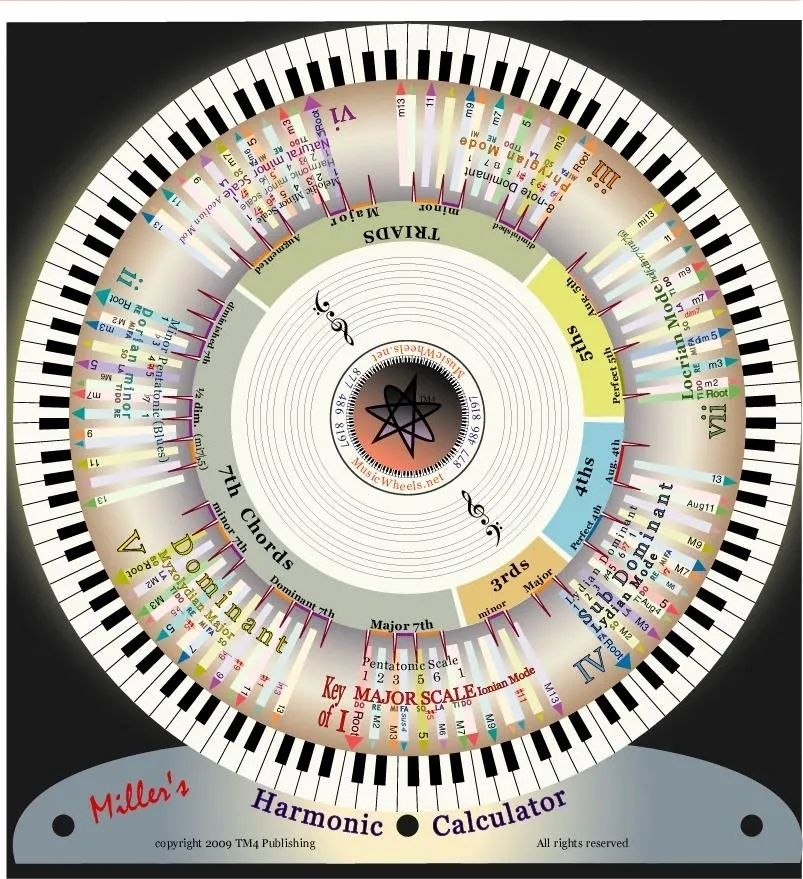
Expanded Forms and Harmonic Language
Romantic composers expanded Classical forms to accommodate their expressive needs:
- New forms emerged, including the concert etude, nocturne, and tone poem
- Piano works ranged from miniatures to massive sonatas
- Symphonies grew longer and more complex
Harmonically, Romantic music featured:
- Rich chromatic harmonies
- Unexpected modulations
- Unresolved dissonances
- Expanded use of seventh and ninth chords
- Greater emphasis on coloristic effects
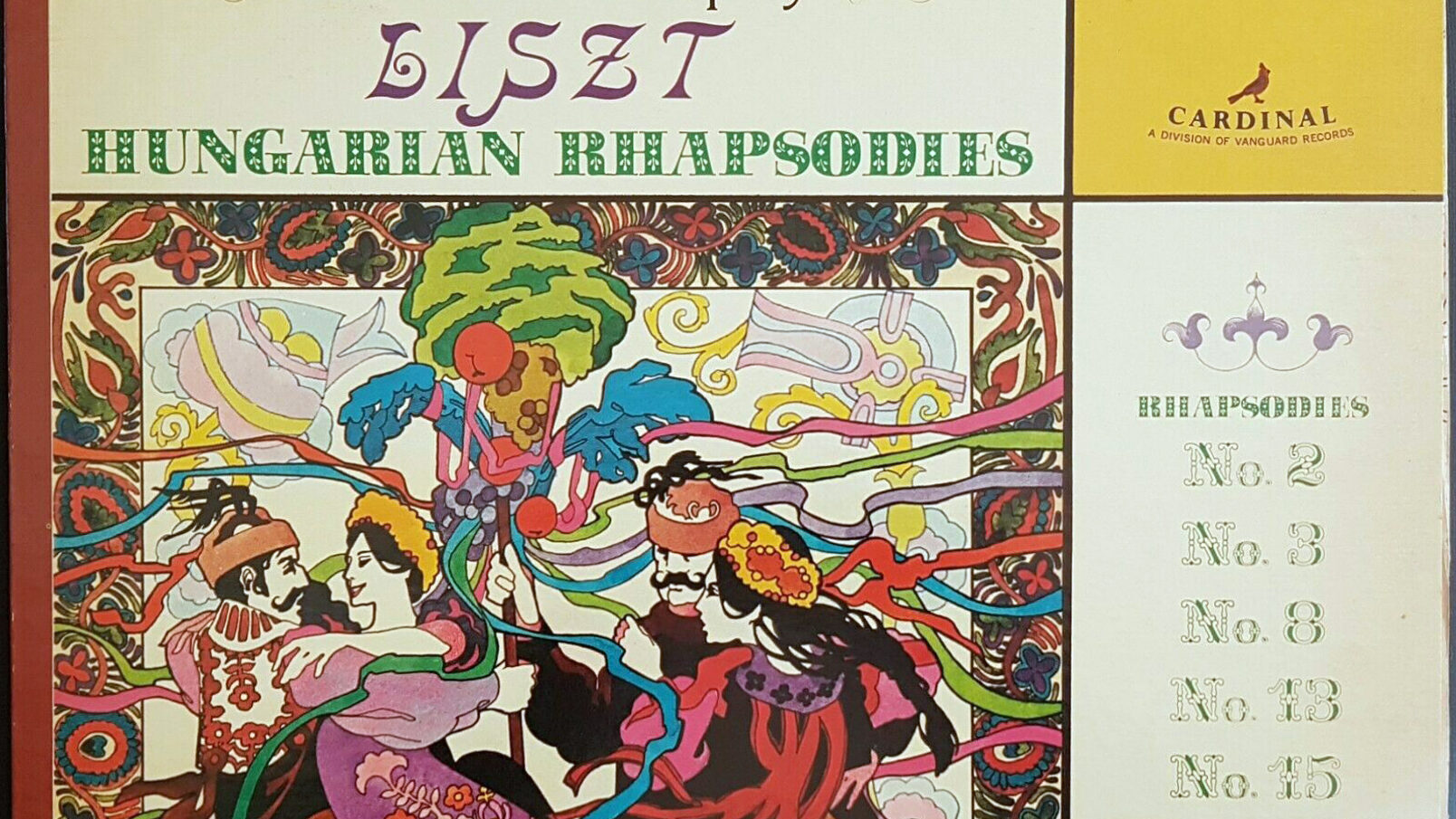
Nationalism and Folk Influences
Many Romantic composers incorporated folk melodies, rhythms, and harmonies from their native lands, creating distinctly national musical styles. This musical nationalism reflected the political movements of the time and produced works that celebrated cultural heritage.
The Piano in the Romantic Era
The piano reached its modern form during the Romantic period, with innovations including the full iron frame, cross-stringing, and improved action mechanisms. These developments created an instrument capable of greater volume, sustain, and expressive range—perfect for Romantic musical ideals.
The piano became the quintessential Romantic instrument because:
- It could produce both thunderous fortissimos and whispered pianissimos
- Its wide range allowed for orchestral-like textures
- It served as both a virtuoso solo instrument and intimate voice of personal expression
- It was accessible to the growing middle class, becoming a fixture in bourgeois homes
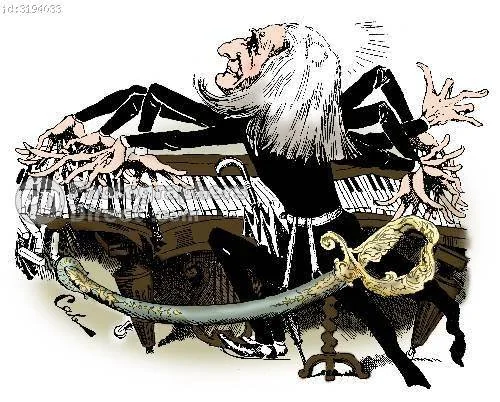
Major Composers of the Romantic Era
Frédéric Chopin (1810-1849)
Frédéric François Chopin was born on March 1, 1810, in Żelazowa Wola, near Warsaw, Poland. The son of a French father and Polish mother, Chopin’s dual heritage would later influence his unique musical voice that combined French elegance with Polish passion. His playing style was noted for its delicacy, nuance, and poetic quality rather than the thunderous virtuosity of some contemporaries. Witnesses described his playing as having a “singing” quality and remarkable control of tone and dynamics, often playing with such subtlety that audiences would lean forward to hear.
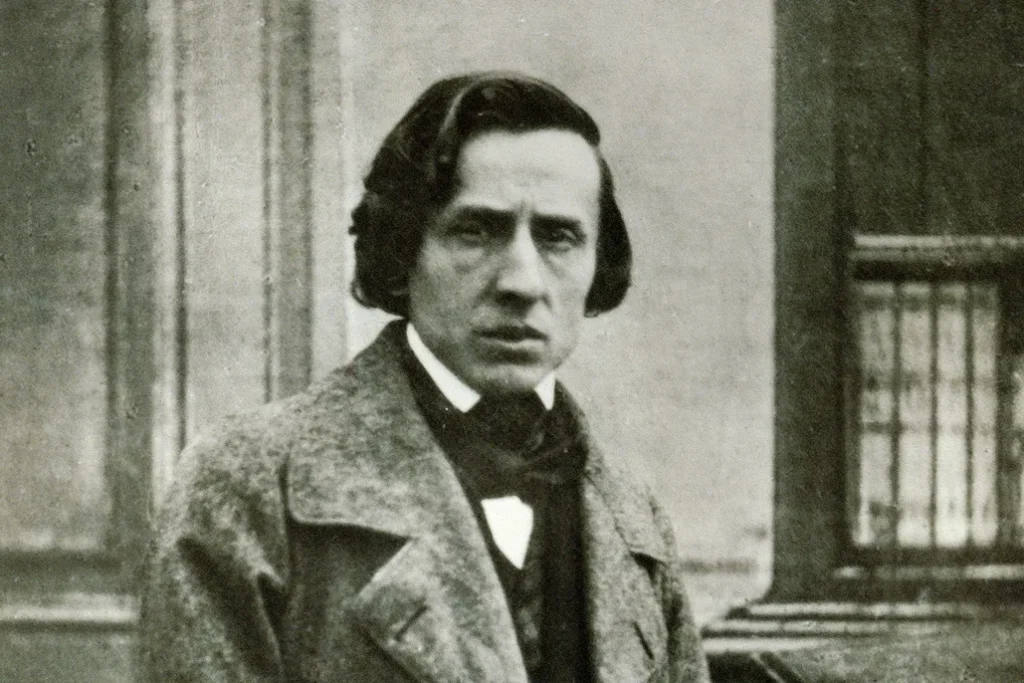
Key Musical works:
- 24 Preludes, Op. 28
- Ballade No. 1 in G Minor, Op. 23
- Nocturnes (particularly Op. 9, No. 2 and Op. 27, No. 2)
- Piano Sonata No. 2 in B-flat Minor, Op. 35 (featuring the famous “Funeral March”)
- Polonaises and Mazurkas (showcasing Polish dance forms)
Franz Liszt (1811-1886)
Franz Liszt stands as one of the most extraordinary figures in music history—a revolutionary pianist whose virtuosity reached mythical proportions, an innovative composer who expanded the boundaries of musical form and harmony, and a cultural icon whose influence extended far beyond music. Liszt’s piano works remain central to the virtuoso repertoire, challenging even today’s most accomplished pianists.
Key Musical Works:
- Années de pèlerinage (Years of Pilgrimage)
- Transcendental Etudes
- Hungarian Rhapsodies
- Piano Sonata in B Minor
- Concert Etudes (including “La campanella”)
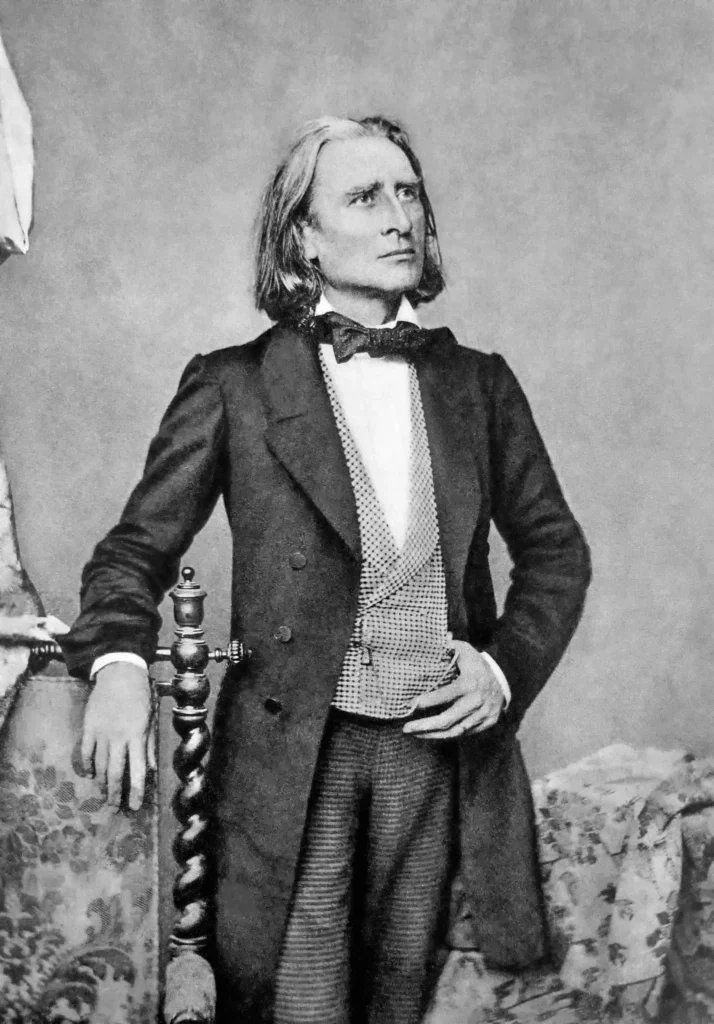

Pyotr Ilyich Tchaikovsky (1840-1893)
Pyotr Ilyich Tchaikovsky stands as one of the most beloved and influential composers of the Romantic era. Born in Votkinsk, Russia, Tchaikovsky combined Western European compositional techniques with distinctly Russian musical elements to create a unique and emotionally powerful musical voice. Despite personal struggles and inner turmoil throughout his life, Tchaikovsky produced works of extraordinary beauty and emotional depth that continue to captivate audiences worldwide.
Key musical works:
- Piano Concerto No. 1 in B-flat Minor, Op. 23
- Symphony No. 6 in B Minor, Op. 74 “Pathétique”
- The Nutcracker, Op. 71
- Swan Lake, Op. 20
- The Seasons (Les Saisons), Op. 37a
Listening Guide: Essential Romantic Era Musical Works
For those new to Romantic period music, these landmark compositions provide an excellent introduction to the period’s style and achievements:
- Chopin: Nocturne in E-flat Major, Op. 9, No. 2 – The quintessential nocturne, showcasing lyrical melody and rubato
- Chopin: Piano Sonata No. 2 in B-flat Minor, Op. 35 – Featuring the iconic “Funeral March” that has been used in many shows in popular culture.
- Liszt: Hungarian Rhapsody No. 2: – Like Chopin’s sonata No. 2, it has a popular tune in its “Friska” section, that has been featured in the popular show Tom and Jerry’s.
- Tchaikovsky: The Nutcracker, Op. 71 – The ballet is renowned for its beautiful and imaginative score, featuring iconic pieces such as the “Dance of the Sugar Plum Fairy,” “Waltz of the Flowers”.
- Tchaikovsky: Piano Concerto No. 1 in B-flat Minor, Op. 23 – Demonstrates the Romantic concerto at its most passionate.
Through these works, listeners can experience the profound emotional depth and technical brilliance that define this pivotal romantic era in music.
